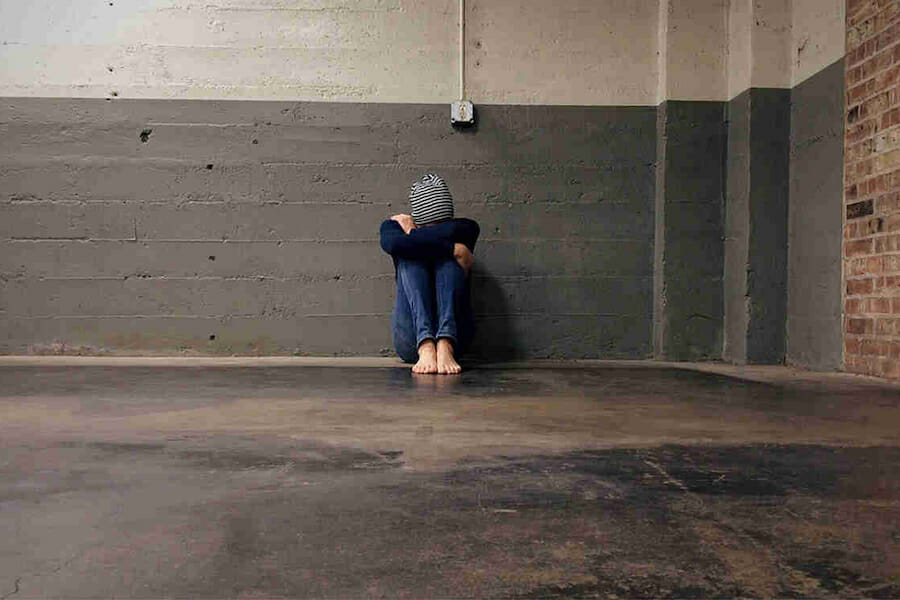
Homelessness in America: What Will It Take for the Crisis to Abate?
At any given moment, there are more than half a million people living without permanent housing in the United States. However, in light of the various factors associated with taking an accurate count of the actual number, it’s surprising the official count isn’t higher than it is.
Consider the high cost of living in New York City: the average income requirement for a one-bedroom apartment is forty times larger than the cost of rent, which means that to rent a $3,400/month apartment you must make at least $136K a year! That figure is out of reach for many people, even with a roommate or two.
Although New York City is at the extreme end of the spectrum, the cost of living there does shed some light as to why there are so many homeless people living there. According to the Coalition for the Homeless, there were over 129,803 people who slept in the New York City municipal shelter system over the course of 2017 — including over 45,000 children. The Coalition for the Homeless also reports that the primary cause for homelessness is lack of affordable housing, though factors such as mental illness, addiction disorders, and chronic health problems also factor into the situation.
This is why the need for social services is also extremely high. The University of Nevada at Reno includes ending homelessness as one of the twelve grand challenges of social work. Others include ensuring healthy youth development, closing the health gap, stopping family violence, advancing long and productive lives, and eradicating social isolation. The reduction of extreme economic inequality is also included as a major challenge of social work.
Unfortunately, the recent tax bill will only exacerbate the gap between the haves and the have-nots. What can we do, then, with this bleak picture before us? One nonprofit in particular, Common Ground, started with the premise that permanent housing — rather than temporary shelters — is the most important starting point. In addition to housing, however, Common Ground focuses on building communities around people that include jobs, comprehensive health support, and so on. By working with communities to pool resources together, Rosanne Haggerty’s organization has set a goal to build 100,000 homes.
Perhaps the recognition that homelessness as a complex problem is the first step in finding a solution. But what next? Beyond a recognition that our current late-capitalist system has run amok, what can we do? The United States Interagency Council on Homelessness identifies a few major components that are needed for a solution: housing, health care, jobs, education, crisis response, criminal justice reform, and collaborative leadership.
Who will lead the efforts to find solutions? Although our tendency is probably to think of politicians like mayors and city council members, we should also note that other community leaders like social workers and benefits administrators are crucial to increasing visibility and implementation of important programs.
For example, social workers tend to be on the front lines of natural disaster relief to help families pick up the pieces after a fire or hurricane. They play critical roles in helping victims rebuild their lives and deal with PTSD from the loss of their homes.
As climate change continues to worsen over the coming years, we’ll need even more skilled professionals to help displaced families find permanent shelter. Extreme winter weather in traditionally temperate climates like that of Portland, Oregon, caused the death of two homeless people last winter. Emergency shelters and healthcare organizations working in conjunction with social service providers can help prevent these needless deaths from happening in the future.
Homelessness remains such a prominent problem in the United States that The Guardian recently penned an entire series of articles (still ongoing) on the topic called Outside in America. Among the most notable articles in the collection is a piece titled “Bussed Out: How America Moves Its Homeless,” an eye-opening exposé detailing the way some cities have chosen to deal with their housing crisis by bussing homeless people out of the city to somewhere with a more affordable cost of living.
The reporting found that even when homeless people were bought free tickets to cities like Indianapolis, Indiana, and Atlanta they sometimes migrate back to the familiarity of their hometowns. It seems certain that exporting busloads of homeless people halfway across the country isn’t a viable long-term option.
However, the long-term solution won’t be possible without concerted, multi-pronged efforts from many levels. Community, civic, and the private sectors all need to be on the same page.
Until enough people want to enact change and regulate outlandish real estate prices and rental rates, the problem will not be solved anytime soon. If the homeless population is growing in all parts of the industrialized world except Finland, maybe we should take a cue from their post-capitalist system.
Indeed, the growing popularity of post-capitalism in the form of socialism may be one indicator of the direction many younger citizens wish to take the U.S. In a recent article on Fast Company, Jason Hickel and Martin Kirk consider the question seriously: could Americans embrace the fast-changing reality of post-capitalism and stake out a clear contrast to right-wing economics? If the Republicans’ answer to everything is to make the rich richer and the poor poorer, is that really the direction our country should be taking — especially at a time when the number of homeless men, women and children recently rose for the first time since the Great Depression?
Economists have widely disputed the theory of trickle-down economics. It’s up to us — the next generation — to talk back to the old guard. Perhaps this recent tax bill is a sign of the death throes of the old order of things. Considering how many young people support increased access to health care, education, and basic needs, maybe there is hope, after all. Maybe Obi-Wan isn’t our only hope; maybe it’s us. Let’s work together to change the future.

